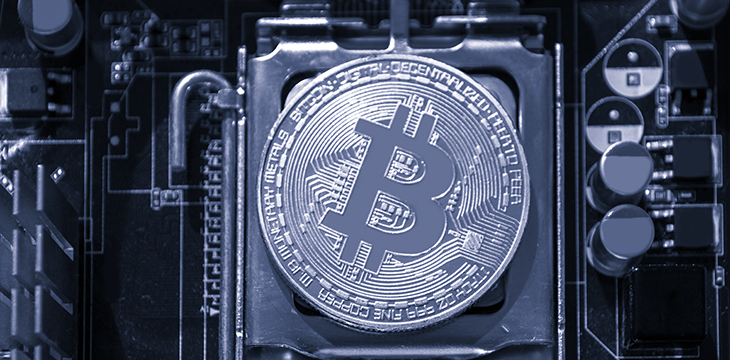|
Getting your Trinity Audio player ready...
|
The upcoming future for BTC miners could include two weeks of chaos and a backlog of transactions if the prediction of industry leaders holds true. Industry experts who understand the original design of Bitcoin and why it was designed that way, and transaction processing executives are predicting a shakeup within the digital currency processing sector following the halving. Why?
Smaller transaction processors—aka miners—do not have the cash flow needed to weather the storm of “mining” at a loss for the subsequent weeks until BTC prices mystically increase.
Does this alone cause bedlam? BTC leaders and its hardcore online proponents promote that once the halving occurs the token price will “moon.” For the sake of argument, let’s say there is a short-lived run on the price fueled by speculation. BTC will need to double in price to offset the block subsidy halving.
Even under this rosy scenario, it’s highly unlikely to occur in the interim. Due to the COVID-19 global pandemic, reluctant traders or new entrants are prioritizing everyday essentials and services over speculative trading of the digital currency.
Where does that leave the BTC community in the two weeks following the halving? You don’t need to be a Nobel-prize winning economist to understand what will happen next.
Currently, BTC mining is barely hovering at a break-even point for most operators. There is no government bailout or safety net for block reward miners when their business is failing. Aside from cutting staff, many of their fixed operational cost will remain the same since most commercial contracts and vendor service agreements are annual.
A sector-wide reset is foreseeable. Once half of their revenue vanishes overnight, many hardware operators will shut down and/or sell-off unprofitable rigs then pivot to their next make money fast business scheme. Others will begin selling off there BTC treasury assets to cover the bills.
Contained within this impending exodus of nodes are potential problems many overlook that impacts the whole BTC community. Fifteen days of chaos could erupt once the times between blocks on BTC become protracted because of processors fleeing the network.
This problem would impact all existing users that take part in the BTC ecosystem. It will further set back adoption since the instability and dysfunction are a poor first impression to any new entrants FOMOing in hoping to make a profit.
Clearly, delayed block discovery times will cause a backlog of unprocessed transactions to grow. This is reminiscent of the market crash in 2017 when an abnormally high percentage of processors going offline caused transactions waiting to be written to the chain to expand since it took longer to add blocks to the network.
As during then, the mempool does not miraculously clear once the difficulty adjusts two weeks later because of BTC’s restricted block size. To compound the problems for senders, since history has a strange way of repeating itself, senders are more likely to see transaction fees increase as they jockey to get their transaction added to the blocks.
BTC miners have long given up on Satoshi’s economic model so fees are an inconsequential concern to them. They are facing a different set of problems that they may not have considered. During the succeeding two-week period following the halving, processors could notice a slowdown in the frequency of the block subsidy along with the rewards itself reducing in half.
As mentioned earlier, the BTC network has a different mechanism for the difficulty algorithm adjustment to offset increases or decreases in hash power. Processors who would ordinarily make a profit when blocks mine at an average rate of 144 blocks per day, could see less income than projected because there are only 120 or 90 or fewer blocks per day until the difficulty adjusts.
Some miners might look to Bitcoin SV to provide more regulated income streams until the BTC network’s difficulty algorithm recalibrates itself. If they’re wise, they will stay permanently as the Bitcoin SV network provides them strategies for creating predictable, explainable growth that they can replicate at increasingly larger scales.
Pivoting to transform the company from a block discovery project into a transaction processor and blockchain infrastructure company is the only sustainable path forward. Bitcoin SV is the only public blockchain that has continuous momentum to attract developer talent, corporate enterprises, and user enthusiasm for mainstream adoption where this pivot can take hold.

 01-08-2026
01-08-2026 




